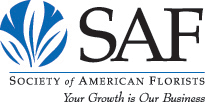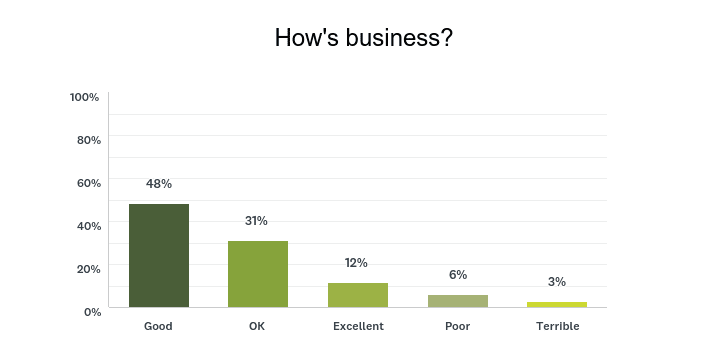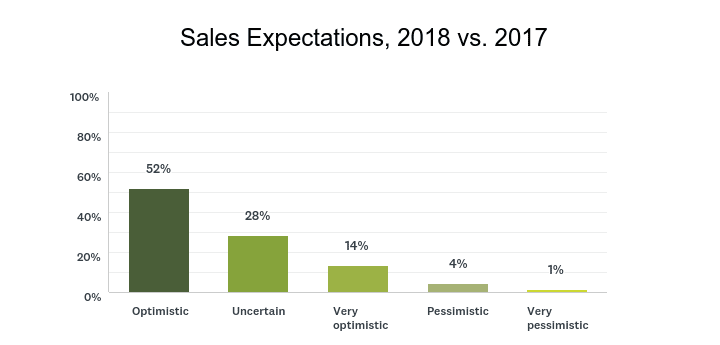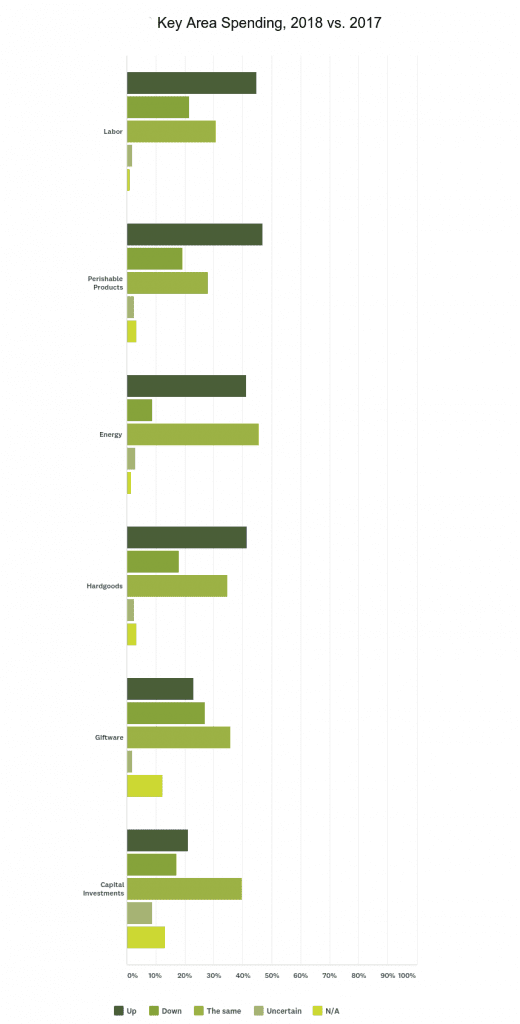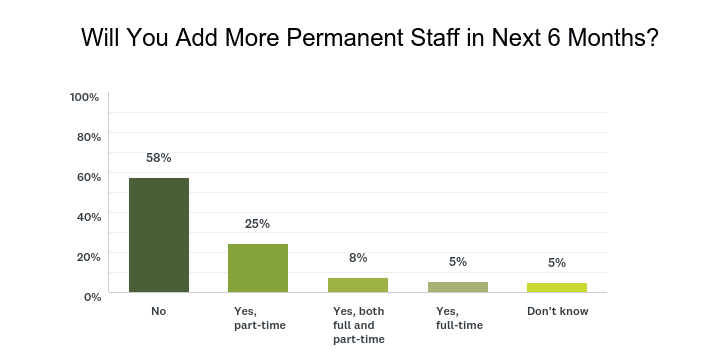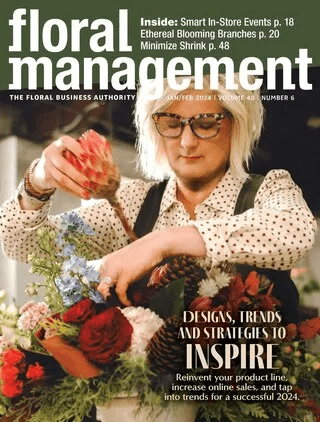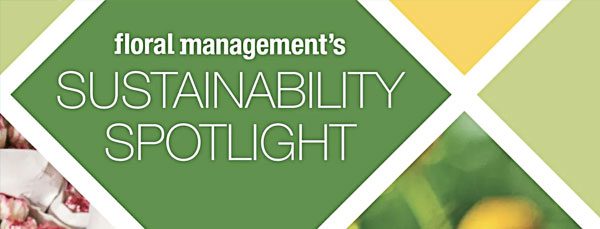How has business been for the first and second quarters of 2018? For the 208 industry members who weighed in on the Society of American Florists’ latest economic survey, the news is good, but the celebrations are tempered.
Forty-eight percent of respondents to the SAF survey classified business as “good.” Thirty-one percent said it was “OK.” About 12 percent classified it as “excellent.” Meanwhile about 6 percent said business was “poor” and less than 3 percent said it was “terrible.” Fifty-two percent of respondents said they are optimistic about 2018 sales, as compared to 2017 returns.
The survey, mailed on July 22, 2018, had a response rate of 8.9 percent.
Highlights from the survey include:
Sales Up
Roughly 53 percent of respondents said their combined first and second quarter gross sales were higher compared to the same period last year. About a quarter said they were about the same. About 21 percent said they were down.
Among respondents who said sales were down from the same period last year, most (63 percent) classified the drop as falling in the 1-percent to 10-percent range. About 67 percent of respondents who said sales were up said their gains were between 1 percent and 10 percent.
Among respondents who said net profits were down compared to the same period last year, 62 percent said the decrease was no more than 10 percent. Three-quarters of respondents who said net profits were up said their increase was between 1 percent and 10 percent.
Retailer respondents reported that their average sale transaction was $66.
Spending in Key Areas
In terms of spending expectations in key areas, as compared to 2017:
- 45 percent of respondents plan to spend more on labor.
- 47 percent of respondents plan to spend more on perishable product.
- 42 percent of respondents plan to spend more on hard goods.
- 41 percent of respondents plan to spend more on energy.
- 36 percent of respondents plan to spend about the same amount on giftware.
- 40 percent of respondents plan to spend about the same amount on capital investments.
Labor Pains?
Labor remains a key issue among many industry members.
Fifty-eight percent of respondents have no plans to add permanent staff in the next six months. About a quarter say they intend to add part-time staff. Eight percent of respondents plan to add full-time and part-time staff. About 5 percent say they plan to hire full-time staff only in that time period.
Within the next six months, 24 percent of respondents say they’ll be increasing salaries or pay and 23 percent plan to add hours. Meanwhile, 14 percent said they will not replace staff who leave and the same percentage say they’ll reduce hours.
Fifty-one percent of respondents said they agreed with the statement “We have had a difficult time attracting non-seasonal candidates for experienced design positions.” Thirty-nine percent of respondents agreed with the statement “We have had a difficult time attracting non-seasonal candidates for entry-level positions (sales, processing, production).”
In write-in responses, respondents shared how they’ve worked to build and maintain strong teams, and the challenges they face.
“[We’re] taking good care of the employees we have with time off and added perks,” said a florist in Colorado. “The pool of people looking for work is sad. They want top wages and lack skills and work ethic.”
A Virginia florist indicated their shop is looking beyond industry credentials and experience, “training a person who knows no floral.”
“There are no experienced designers here so we trained a strong sales person,” the respondent explained.
A retailer in Texas said they are pushing their benefits among candidates.
“We promote and pay for continuing education,” the retailer wrote. “We also make an effort to treat our employees well daily so that they feel appreciated. It seems to be working, as they have all been with us for numerous years.”
National Issues
The survey also asked respondents to weigh in on key national issues. Thirty-nine percent of respondents anticipate health care costs having an effect on their business. About 34 percent said the same of tax reform, and 16 percent said immigration reform will likely affect them.
In write-in responses, industry members showed a range of perspectives on these issues.
“Healthcare costs are the most troubling [of the three issues],” wrote a florist in Michigan. “I respect the Obamacare effort, but like many government efforts, it is a disaster for those who actually work. An alternative approach must be found to deal with those who cannot afford health care and help those who used to be able to afford health care before the government intervention.”
“The price of health insurance keeps going up, making it very difficult to add part-timers on our insurance policy,” explained a California retailer.
A retailer in Connecticut said he sees tax reform as a win-win, with “less tax on profits and more income in our customers’ pockets to maybe spend on flowers.”
“As for immigration,” that retailer added, “California’s biggest flower growers rely on a steady labor force that come to our county to help bring in the crops. We are concerned that our chain of product might be affected.”
A florist in Pennsylvania noted that “rising cost of health care is always an issue. Our accountant told us that the tax reform offered no help at all to a small family business like us, so that has no effect for us.”
Look for more coverage of this survey, including feedback on key issues from industry members representing each segment, next week and in the October issue of Floral Management magazine.
